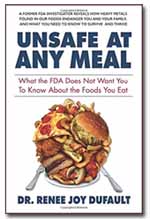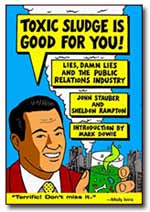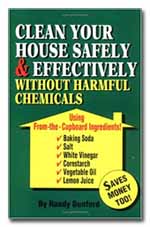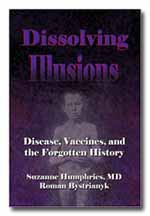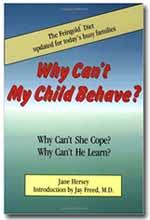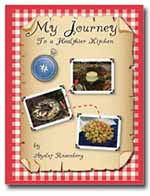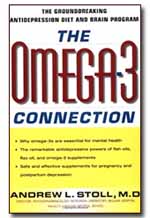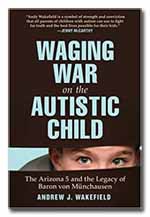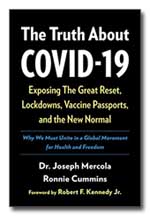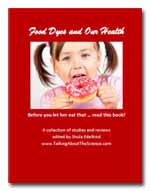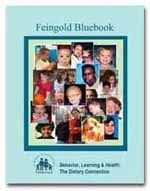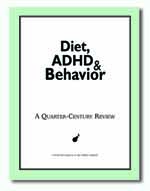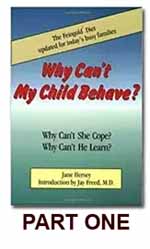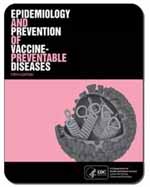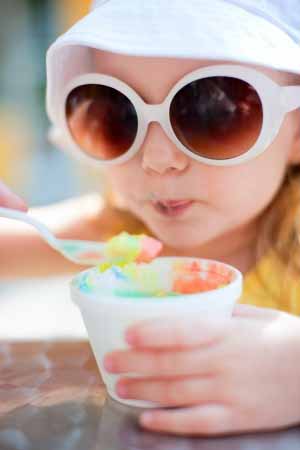 Clinical Pediatrics, 2015 Apr;54(4):309-21,
Clinical Pediatrics, 2015 Apr;54(4):309-21,
e-published April 24, 2014
Numerous foods and candies were purchased from local stores and processed to measure the amount of food dyes actually in them. Several comprehensive tables provide the details, but below is a sample:
Some of the snack “winners” with the most food dyes in mg per serving:
- Strawberry wafers (24.2 mg)
- Target Mini Green Cupcakes (55 mg)
- Betty Crocker’s Red Cupcake (34.7 mg)
- M&Ms (29.5 mg)
- Skittles Original (33.3 mg)
Ordinary food items – not junk food – also often contain significant amounts of food dyes per serving, such as the samples below:
- Trix (36.4 mg)
- Fruity Cheerios (31.8 mg)
- Cap’n Crunch’s Oops All Berries (41.3 mg)
- Special K Pastry Crisp (10.3 mg)
- Yoplait Strawberry Kiwi (4.5 mg)
- Keebler Cheese & Peanut Butter Crackers (14.4 mg)
- Kraft Creamy French Salad Dressing (5.0 mg)
- Kraft Macaroni & Cheese, 1 cup prepared (17.6 mg)
QUOTE: “Artificial food colors (AFCs) are used to color many beverages, foods, and sweets in the United States and throughout the world. … Amounts of AFCs reported here along with the beverage data show that many children could be consuming far more dyes than previously thought. ”
NOTE: The majority of studies on children assumed they would not be exposed to more than 26 mg food dyes per day; in fact some studies used only 1, 5, or 10 mg per day and it is amazing that even a few of those studies actually did document reactions to the dye.


